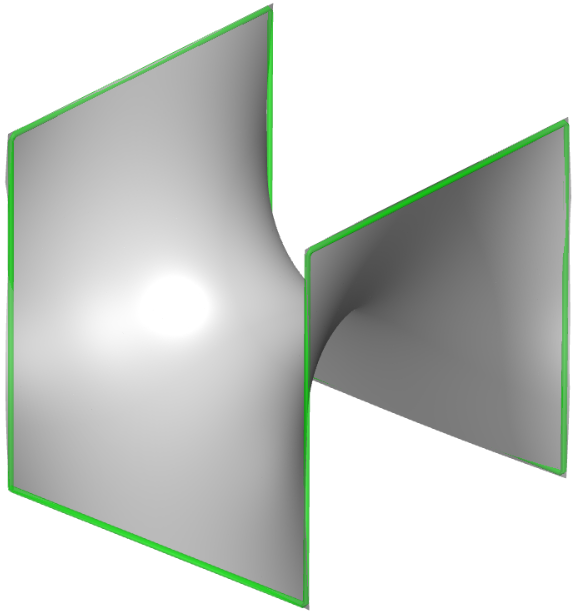This project accompanies the paper "Geometry-informed Neural Networks", which allows to train shape generative models without data. Instead, GINNs are trained to satisfy design requirements given as constraints and objectives. In particular, a diversity constraint makes these models generative. GINNs not only learn to generate multiple diverse solutions, but can also learn an organized latent space as shown above.
/
├── run.py # Entry point for the program
├── train/ # Functionality for training
│ └── ginn_trainer.ipynb # Handles the training loop of the network
├── configs/ # Contains YML files to configure
├── GINN/ # folder for GINN training
│ ├── data/ # Dataloader for a setting of GINNs with data
│ ├── evaluation/ # Code to compute metrics of generated 2D and 3D shapes
│ ├── ph/ # Classes to manage the connectedness loss based on persistent homology
│ ├── plot/ # Plotters for 2D and 3D
│ ├── problems/ # Contains general geometric primitives
│ ├── simJEB/ # Contains files to load the simjeb envelope and interface
│ ├── speed/ # Contains classes useful for multiprocessing or measuring time
├── models/ # Model definitions for different architectures
├── util/ # Utilities used throughout the project
Install the necessary dependencies
pip install -r requirements.txt
The problem specification for the jet engine bracked draws inspiration from an engineering design competition hosted by General Electric and GrabCAD (paper, website). The challenge was to design the lightest possible lifting bracket for a jet engine subject to both physical and geometrical constraints. Here, we focus only on the geometric constraints: the shape must fit in a provided design space and attach to six cylindrical interfaces. In addition, we require connectedness as a trivial requirement for structural integrity and a smooth surface.
Start the training by specifying a config from the configs folder.
python run.py gpu_list=0 yml=simjeb_wire_singleshape
Plateau’s problem is to find the surface
With notebooks/min_surf.ipynb you can train a GINN to learn the minimal surface. It takes a few seconds to converge. This code does not use the more advanced adaptive augmented Lagrangian method for constrained optimization.



